
PIA08253: Saturn Shine
|

PIA08255: Penumbral Fade
|
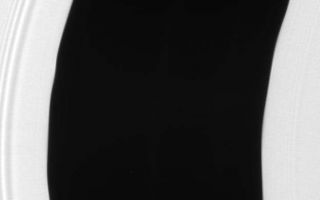
PIA08257: Encke Waves
|
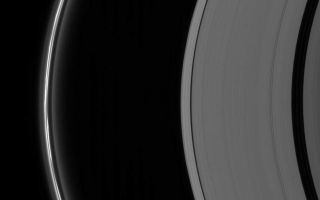
PIA08259: Disturbances by Prometheus
|

PIA08262: The Ring Sculptor
|
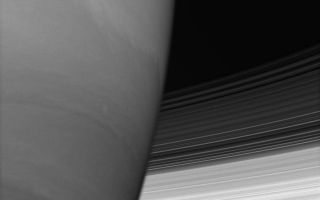
PIA08265: Saturn Hides the Rings
|
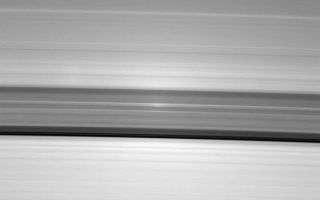
PIA08267: Surging Onward
|
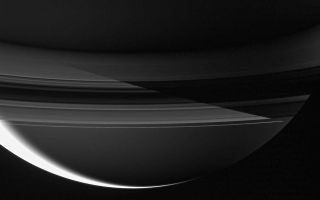
PIA08270: The Beauty of Night
|
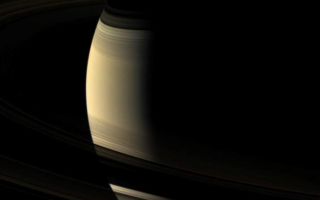
PIA08271: Shadow and Shade
|
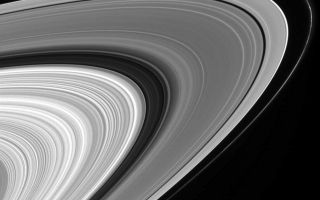
PIA08275: So Much to See
|
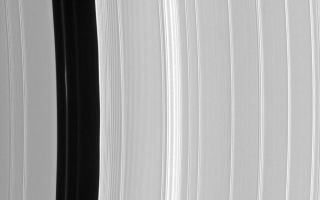
PIA08277: Encke Structure
|

PIA08279: Two Sculptors
|
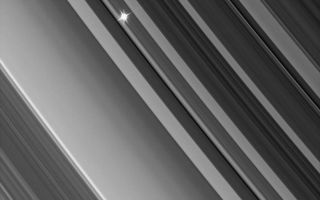
PIA08281: Light from a Flickering Star
|
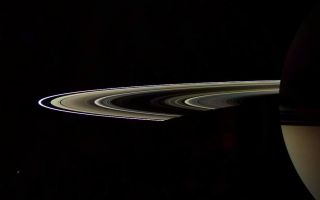
PIA08282: The Color of Darkness
|
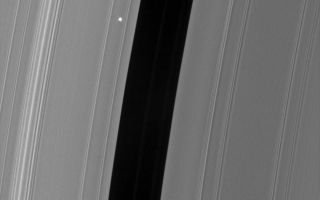
PIA08283: Flickering Aldebaran #1
|
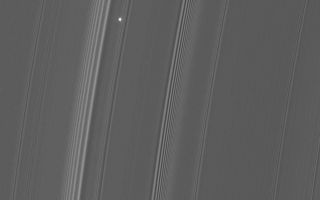
PIA08285: Flickering Aldebaran #2
|
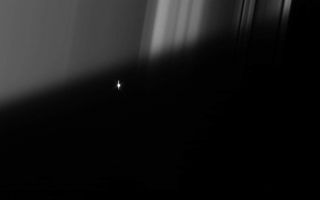
PIA08287: Flickering Aldebaran #3
|
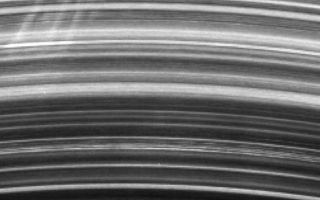
PIA08288: The Spoke Search
|
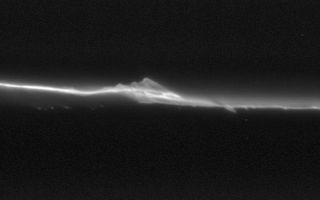
PIA08290: F Ring Dynamism
|
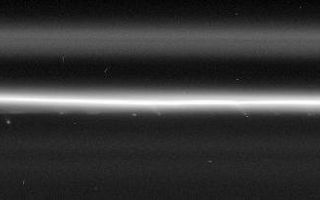
PIA08292: A Compelling Case
|
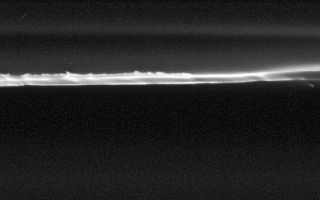
PIA08294: Shearing Core
|
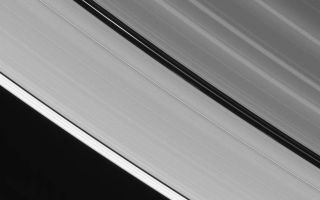
PIA08295: Tiny Moons, Big Effects
|
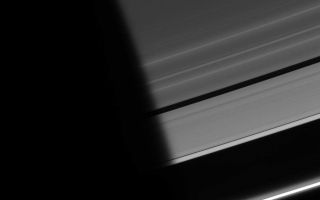
PIA08297: Into the Light
|

PIA08298: Through the Blinds
|
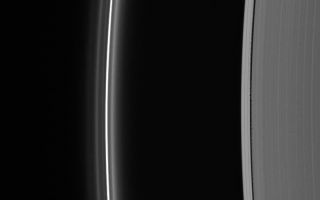
PIA08299: A Dead Giveaway
|
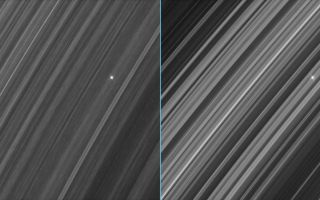
PIA08300: The B Ring Variations
|
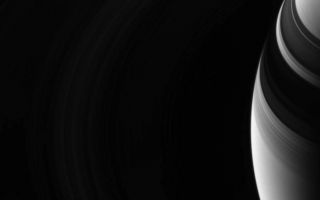
PIA08301: Dim Rings
|
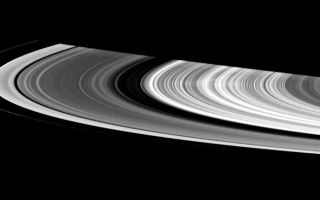
PIA08302: Spoke Sighting
|
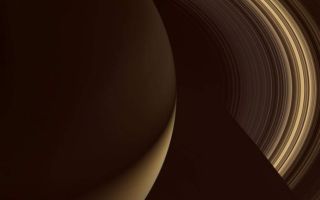
PIA08304: Golden Night on Saturn
|
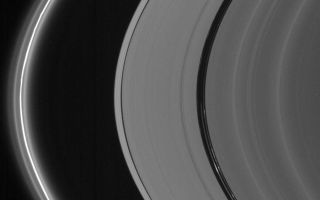
PIA08305: Bright in the Night
|